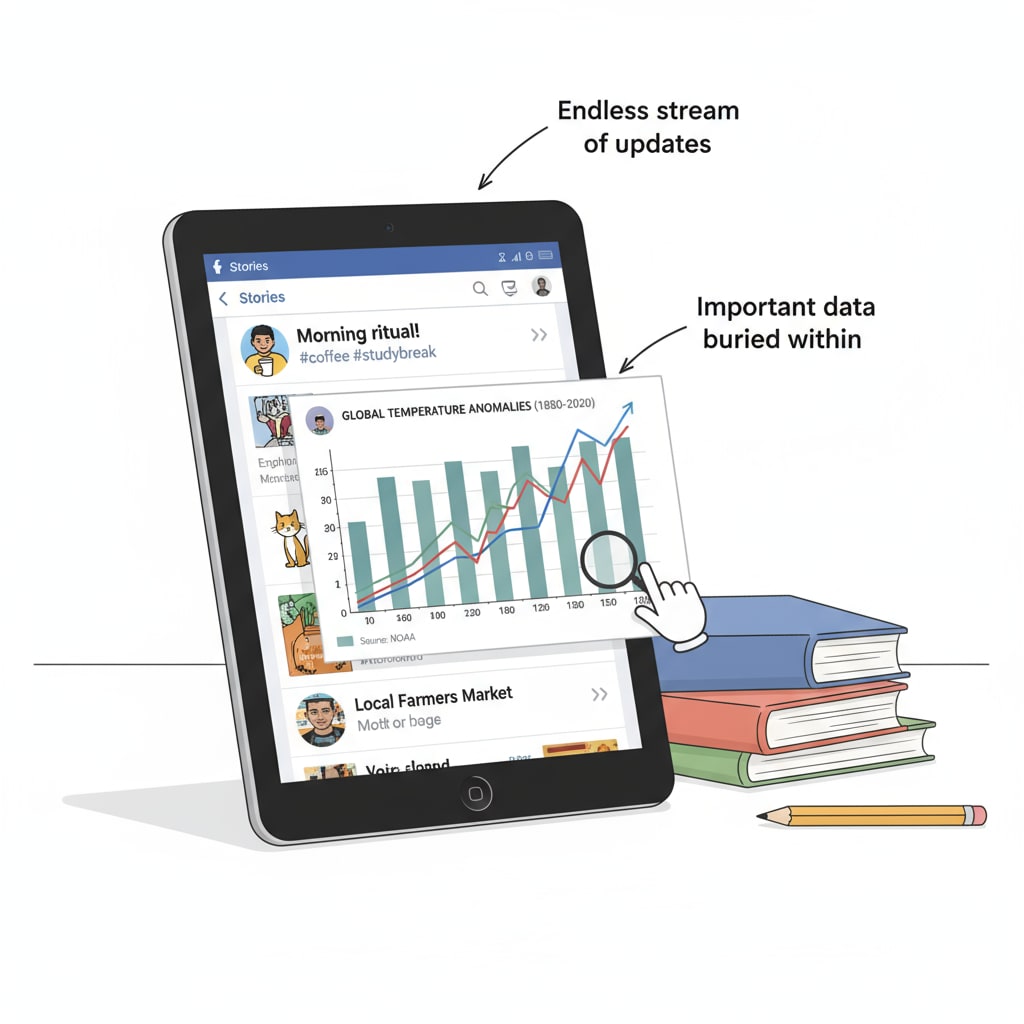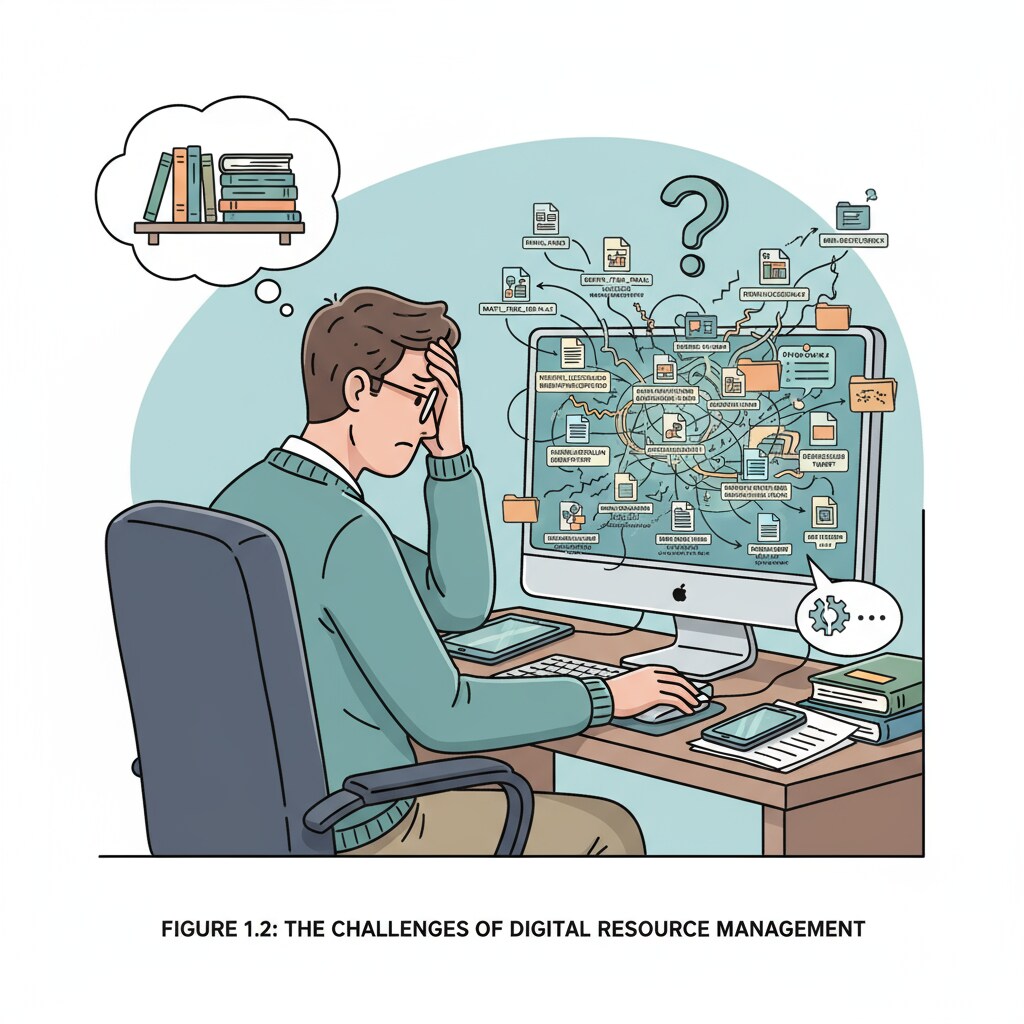In the digital age, the search for educational resources has expanded beyond traditional textbooks and libraries. Social media platforms like Facebook have become treasure troves of valuable materials, such as historical charts. However, the task of finding these resources again after an initial encounter can be quite a challenge. This brings us to the topic of historical charts, Facebook ads, and resource search.

The Elusive Nature of Educational Resources on Facebook
Facebook is a vast platform with an overwhelming amount of content. When browsing through our feeds, we might stumble upon an interesting historical chart that could be a great educational tool for K12 students. However, due to the constant flow of new posts, it’s easy for these valuable resources to get buried. For example, a well-researched historical chart that presents the timeline of ancient civilizations might be lost in the sea of daily updates. According to Wikipedia’s article on Social media and education, the unstructured nature of social media content makes it difficult to organize and retrieve educational materials effectively.
Challenges in Digital Resource Management for K12 Education
In the context of K12 education, digital resources like historical charts from Facebook need proper management. Teachers and students often face issues such as lack of a centralized repository and difficulty in categorizing resources. For instance, a teacher who comes across multiple historical charts on different topics might struggle to keep track of them all. Moreover, the authenticity and accuracy of these resources can also be a concern. As stated in Britannica’s entry on educational technology, ensuring the quality of digital educational resources is crucial for effective learning.

Effective strategies are needed to overcome these challenges. One approach is to use Facebook’s search function more effectively. By using specific keywords related to the historical chart, such as the time period or subject matter, we increase the chances of finding it. Additionally, saving resources immediately is essential. We can use browser extensions or cloud storage services to save the charts. Sharing these resources within a community, like a school’s learning platform, can also ensure that they are not lost and can benefit more people.
In conclusion, the search for historical charts on Facebook and the management of digital educational resources in K12 education are complex but solvable issues. By implementing the right strategies for resource search, preservation, and sharing, we can make the most of the valuable educational materials available on social media platforms.
Readability guidance: The text uses short paragraphs to clearly present ideas. Each H2 section has a list of key points. The passive语态 is used minimally, and transition words like ‘however’, ‘for example’, and’moreover’ are added to enhance the flow of the article.


